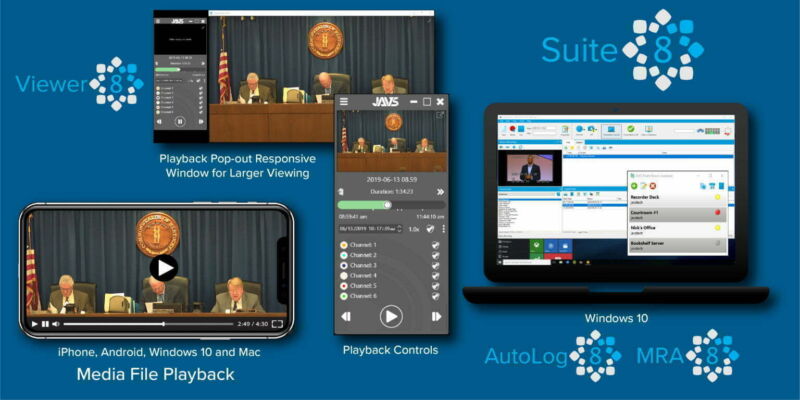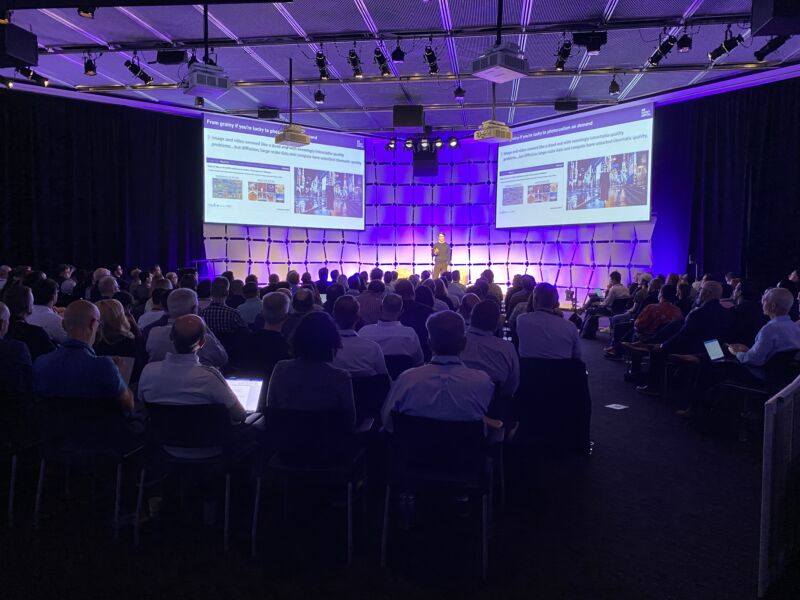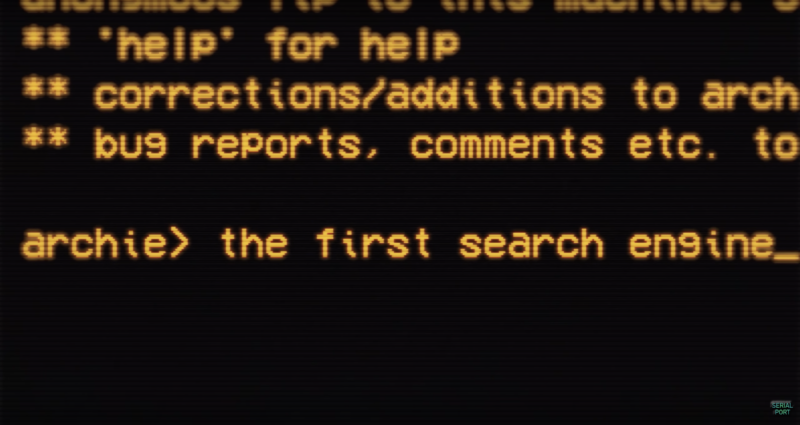Enlarge (credit: JAVS)
A software maker serving more than 10,000 courtrooms throughout the world hosted an application update containing a hidden backdoor that maintained persistent communication with a malicious website, researchers reported Thursday, in the latest episode of a supply-chain attack.
The software, known as the JAVS Viewer 8, is a component of the JAVS Suite 8, an application package courtrooms use to record, play back, and manage audio and video from proceedings. Its maker, Louisville, Kentucky-based Justice AV Solutions, says its products are used in more than 10,000 courtrooms throughout the US and 11 other countries. The company has been in business for 35 years.
JAVS Viewer users at high risk
Researchers from security firm Rapid7 reported that a version of the JAVS Viewer 8 available for download on javs.com contained a backdoor that gave an unknown threat actor persistent access to infected devices. The malicious download, planted inside an executable file that installs the JAVS Viewer version 8.3.7, was available no later than April 1, when a post on X (formerly Twitter) reported it. It’s unclear when the backdoored version was removed from the company’s download page. JAVS representatives didn’t immediately respond to questions sent by email.









